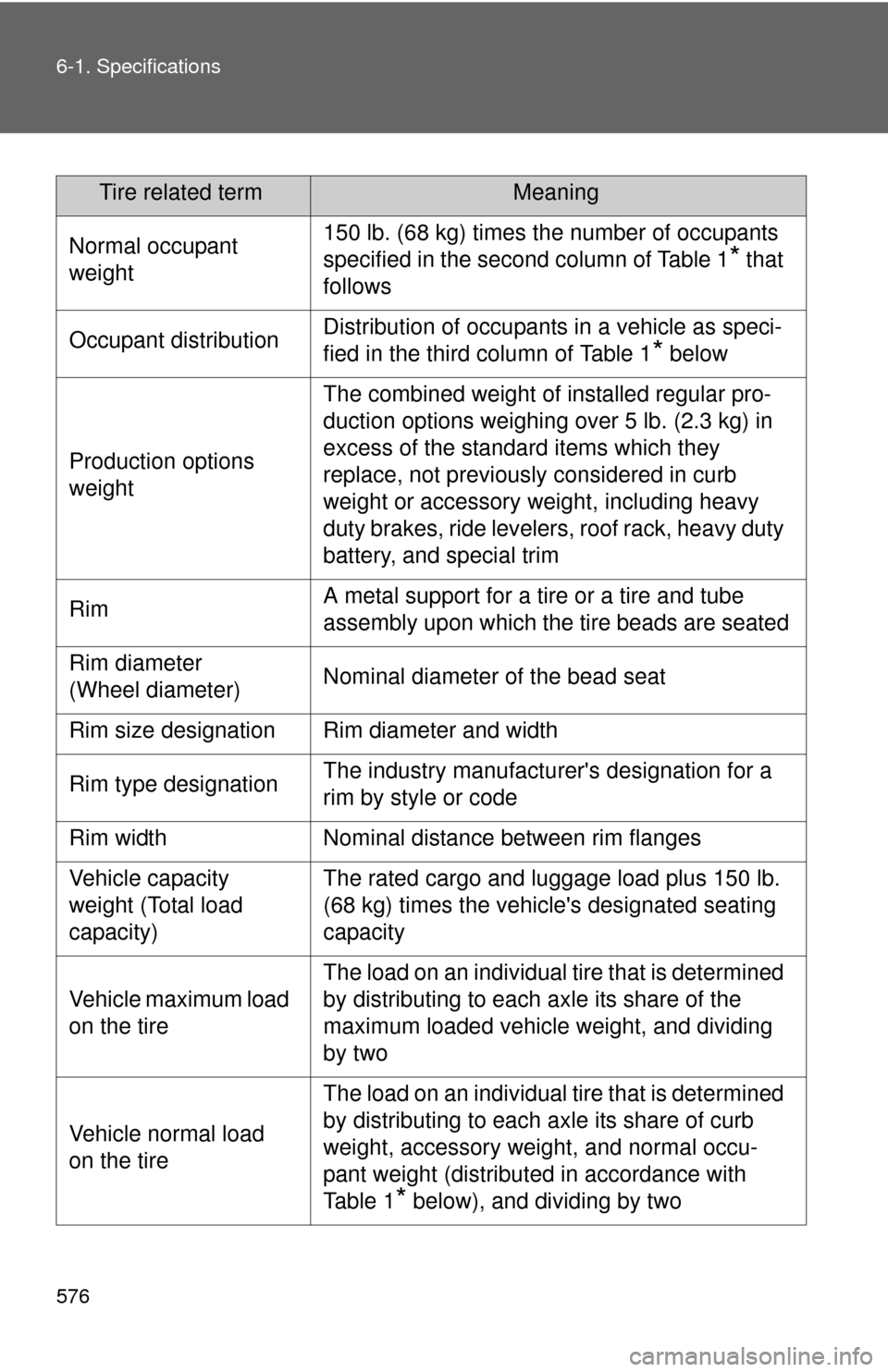Page 546 of 620

546 5-2. Steps to take in an emergency
If the fans are not operating:Stop the engine immediately and contact your Toyota
dealer.
If the fans are operating: Have the vehicle inspected at the nearest Toyota dealer.
CAUTION
■To prevent an accident or injury when inspecting under the hood of
your vehicle
● If steam is seen coming from under the hood, do not open the hood until
the steam has subsided. The engine compartment may be very hot, caus-
ing serious injuries such as burns.
● Keep hands and clothing (especially a tie, a scarf or a muffler) away from
the fans and belt. Failure to do so may cause the hands or clothing to be
caught, resulting in serious injury.
● Do not loosen the coolant reservoir cap while the engine and radiator are
hot.
Serious injury, such as burns, may result from hot coolant and steam
released under pressure.
NOTICE
■When adding engine coolant
Wait until the engine has cooled down before adding engine coolant.
When adding coolant, do so slowly. Adding cool coolant to a hot engine too
quickly can cause damage to the engine.
■ To prevent damage to the cooling system
Observe the following precautions:
●Avoid contaminating the coolant with foreign matter (such as sand or dust
etc.).
● Do not use any coolant additive.
STEP7
Page 556 of 620

556 6-1. Specifications
Lubrication system
*: The engine oil capacity is a reference quantity to be used when changing theengine oil. Warm up and turn off the engine, wait more than 5 minutes, and
check the oil level on the dipstick.
■Engine oil selection
“Toyota Genuine Motor Oil” is used in your Toyota vehicle. Use
Toyota approved “Toyota Genuine Motor Oil” or equivalent to satisfy
the following grade and viscosity.
Oil grade: ILSAC GF-5 multigrade engine oil
Recommended viscosity: SAE 0W-20
SAE 0W-20 is the best choice for
good fuel economy and good
starting in cold weather.
If SAE 0W-20 is not available,
SAE 5W-20 oil may be used.
However, it must be replaced
with SAE 0W-20 at the next oil
change.
Oil capacity
(Drain and refill
refer-
ence*) With filter
Without filter 2.5 L 4-cylinder (2AR-FE) engine
4.6 qt. (4.4 L, 3.9 Imp. qt.)
3.5 L V6 (2GR-FE) engine
6.4 qt. (6.1 L, 5.4 Imp. qt.)
2.5 L 4-cylinder (2AR-FE) engine
4.2 qt. (4.0 L, 3.5 Imp. qt.)
3.5 L V6 (2GR-FE) engine
6.0 qt. (5.7 L, 5.0 Imp. qt.)
Outside temperature
Page 563 of 620
563
6-1. Specifications
6
Vehicle specifications
Light bulbs
*: If equipped
A: H11 halogen bulbs B: HB3 halogen bulbs
C: D4S discharge bulbs D: Wedge base bulbs (clear)
E: Wedge base bulbs (amber) F: Double end bulbs
Light bulbsBulb No.WTy p e
Exterior
Headlights
Low beam
(halogen bulbs)*
Low beam
(discharge bulbs)*
High beam
9005 55
35
60A
C B
Front side marker
lights
5D
Rear side marker
lights
5D
Front turn signal/
parking lights
28/8 E
Rear turn signal lights 21 E
Stop/tail lights 21/5 D
License plate lights 5D
Back-up lights 921 16 D
Fog lights* 55 A
Interior Interior/front personal
lights
5D
Interior/rear personal
lights*
8D
Rear interior light* 8F
Door courtesy lights 168 5 D
Vanity lights* 8D
Trunk light 194 3.8 D
Page 576 of 620

576 6-1. Specifications
Tire related termMeaning
Normal occupant
weight 150 lb. (68 kg) times the number of occupants
specified in the second column of Table 1
* that
follows
Occupant distribution Distribution of occupants in a vehicle as speci-
fied in the third column of Table 1
* below
Production options
weight The combined weight of installed regular pro-
duction options weighing over 5 lb. (2.3 kg) in
excess of the standard items which they
replace, not previously considered in curb
weight or accessory weight, including heavy
duty brakes, ride levelers, roof rack, heavy duty
battery, and special trim
Rim A metal support for a tire or a tire and tube
assembly upon which the tire beads are seated
Rim diameter
(Wheel diameter) Nominal diameter of the bead seat
Rim size designation Rim diameter and width
Rim type designation The industry manufacturer's designation for a
rim by style or code
Rim width Nominal distance between rim flanges
Vehicle capacity
weight (Total load
capacity) The rated cargo and luggage load plus 150 lb.
(68 kg) times the vehicl
e's designated seating
capacity
Vehicle maximum load
on the tire The load on an individual tire that is determined
by distributing to each axle its share of the
maximum loaded vehicle weight, and dividing
by two
Vehicle normal load
on the tire The load on an individual tire that is determined
by distributing to each axle its share of curb
weight, accessory weight, and normal occu-
pant weight (distributed in accordance with
Ta b l e 1
* below), and dividing by two